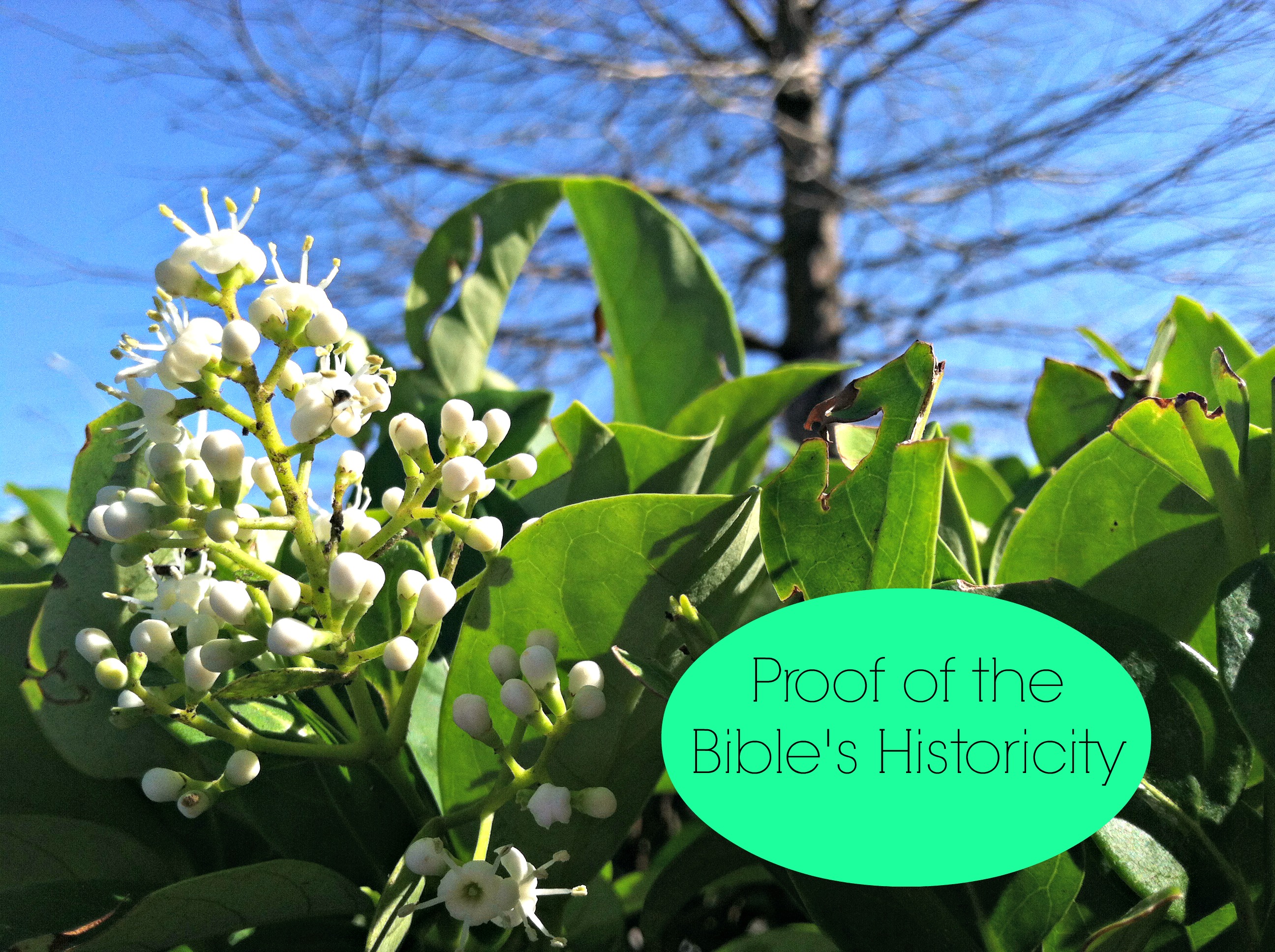What have archaeologists discovered that would lead us to believe in the historical claims of the New Testament? Thankfully, the answer to this question is, archaeology has unearthed a great deal of support for the historical accounts of the Bible. Today I will provide a springboard for further studies of the wealth of archaeological support.
- “There are at least thirty characters in the NT who have been confirmed as historical by archaeology or non-Christian sources.” (Geisler, Norman L. and Turek, Frank, 2004)
- The John Rylands Papyrus, discovered by Grenfeld in Egypt in 1920, provides the oldest known fragment of a New Testament Manuscript. The small scrap from John’s Gospel chapter nineteen verses thirty-one to thirty-three, and thirty-seven to thirty-eight, was one specific finding that helped to fix a date to the gospel of John. Papyrologists dated the scrap to 125 A.D., “but since it was so far south into Egypt, it successfully put an end to the then-popular attempt to late-date John’s Gospel to the second century rather than to the traditional first century date of A.D. 85–90.” (Walter C. Kaiser, 2007; Walter C. Kaiser, 2007)
- The well-known, well-referenced Dead Sea Scrolls were found in 1948 in caves at Qumran in the Judean Desert, near the northwest end of the Dead Sea. This archaeological find provided around eight-hundred manuscripts of every book (in part or the whole) of the OT except for Esther. “Prior to that, the earliest Hebrew texts dated to around A.D. 1000, but the scrolls at Qumran are generally more than one thousand years older! These Hebrew texts illustrate that a thousand years of copying had provided us with an amazingly pure text, with one of the best examples being the book of Isaiah where only three words had slight modifications. (Walter C. Kaiser, 2007)
Given the number of manuscript copies (here), the agreement between manuscripts (here), and the archaeological support of Biblical, historical characters and events, we can say with confidence that the Bible is a historically reliable text. Further, that it is the most historically reliable text of all of ancient documents.
Leave a Comment









